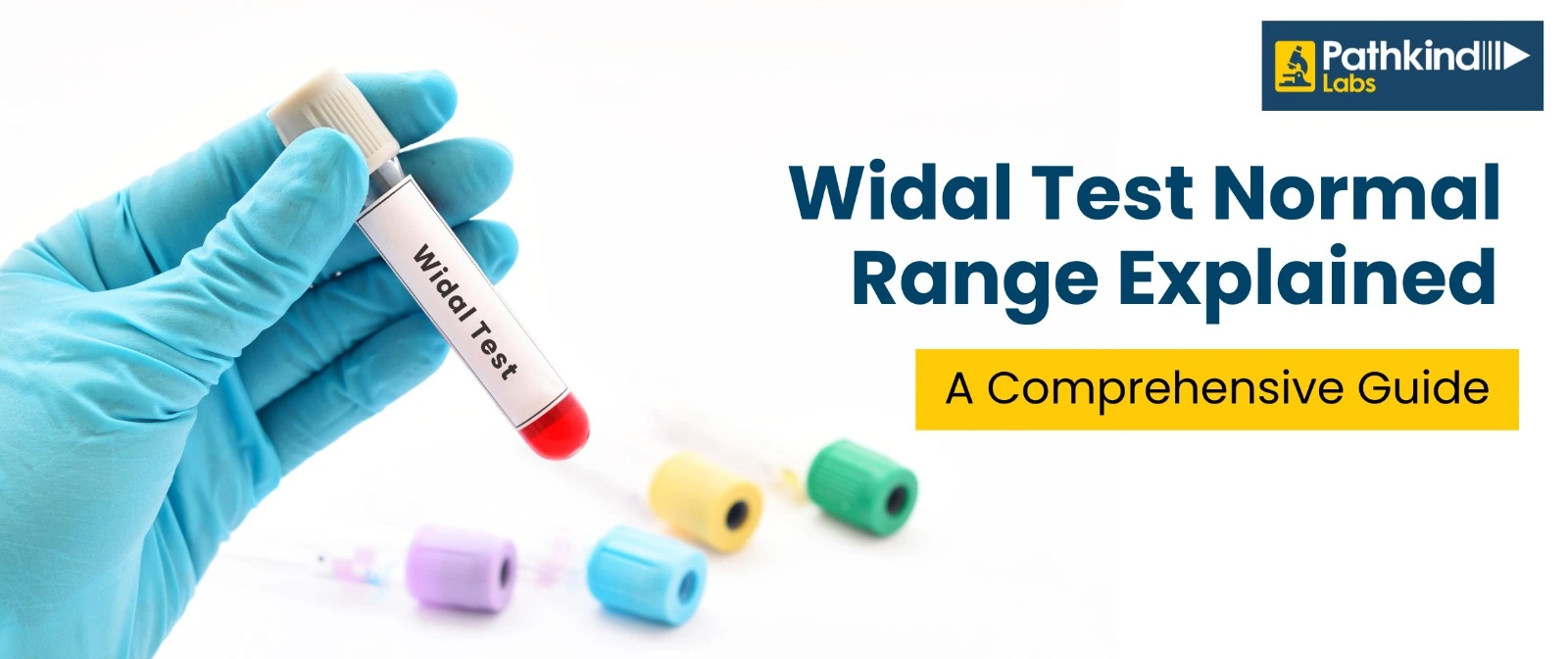WIDAL (Tube)
Gender for Male, Female
Report Tat
Next workind da...
No special preparati...
Sample Type
Serum
Test Overview
WIDAL (Tube) Test
The Widal test, named after its inventor Georges Fernand Widal, is a diagnostic tool used to detect antibodies against the bacteria Salmonella typhi and Salmonella paratyphi. These bacteria are responsible for causing typhoid fever, an infectious disease with a significant global health burden, particularly in resource-limited regions. Here's how the Widal test works: it looks at the liquid part of blood, called serum, to see if there are antibodies. Antibodies are things our bodies make to fight off specific germs. In the Widal test, the patient's serum is mixed with tubes that have bits of the Salmonella bacteria.
Labs
Doctors
timely reporting
of Tests
Test Details
Frequently asked questions
The Widal tube test is a diagnostic method used to detect bacterial infections, notably typhoid fever caused by Salmonella enterica serotype Typhi.
The test relies on serology, analysing blood serum reactions with Salmonella antigens to observe agglutination, indicating the presence of specific antibodies.
The test involves O (somatic) and H (flagellar) antigens of Salmonella, enabling the differentiation of various Salmonella infections.
It plays a crucial role in regions where typhoid fever is endemic, aiding in the timely and targeted management of enteric fever.
Yes, false positives and negatives can occur due to factors such as vaccination history and cross-reactivity with other infections.
Clinical evaluation and other diagnostic methods are often used in conjunction with the Widal test for a comprehensive assessment.
While it is primarily associated with typhoid, the test can be valuable in diagnosing other Salmonella infections.
Titres of antibodies and factors like vaccination history can affect the accuracy of the test's interpretation.
The Widal test provides a serological approach, distinguishing it from molecular or culture-based diagnostic methods.
Despite its limitations, the Widal test remains relevant, especially in resource-limited settings, contributing to the diagnosis of enteric fever.















